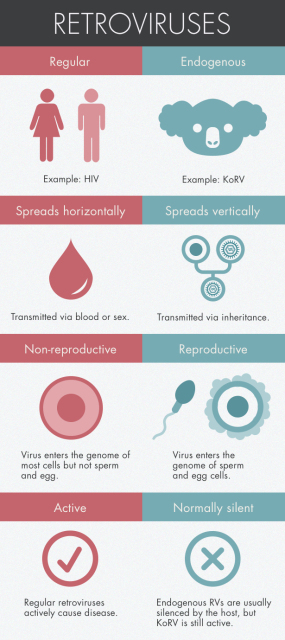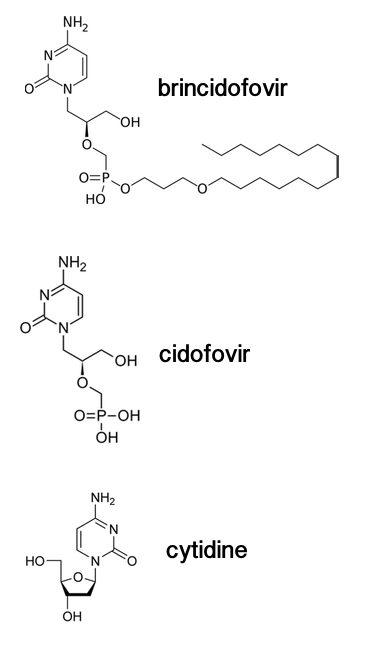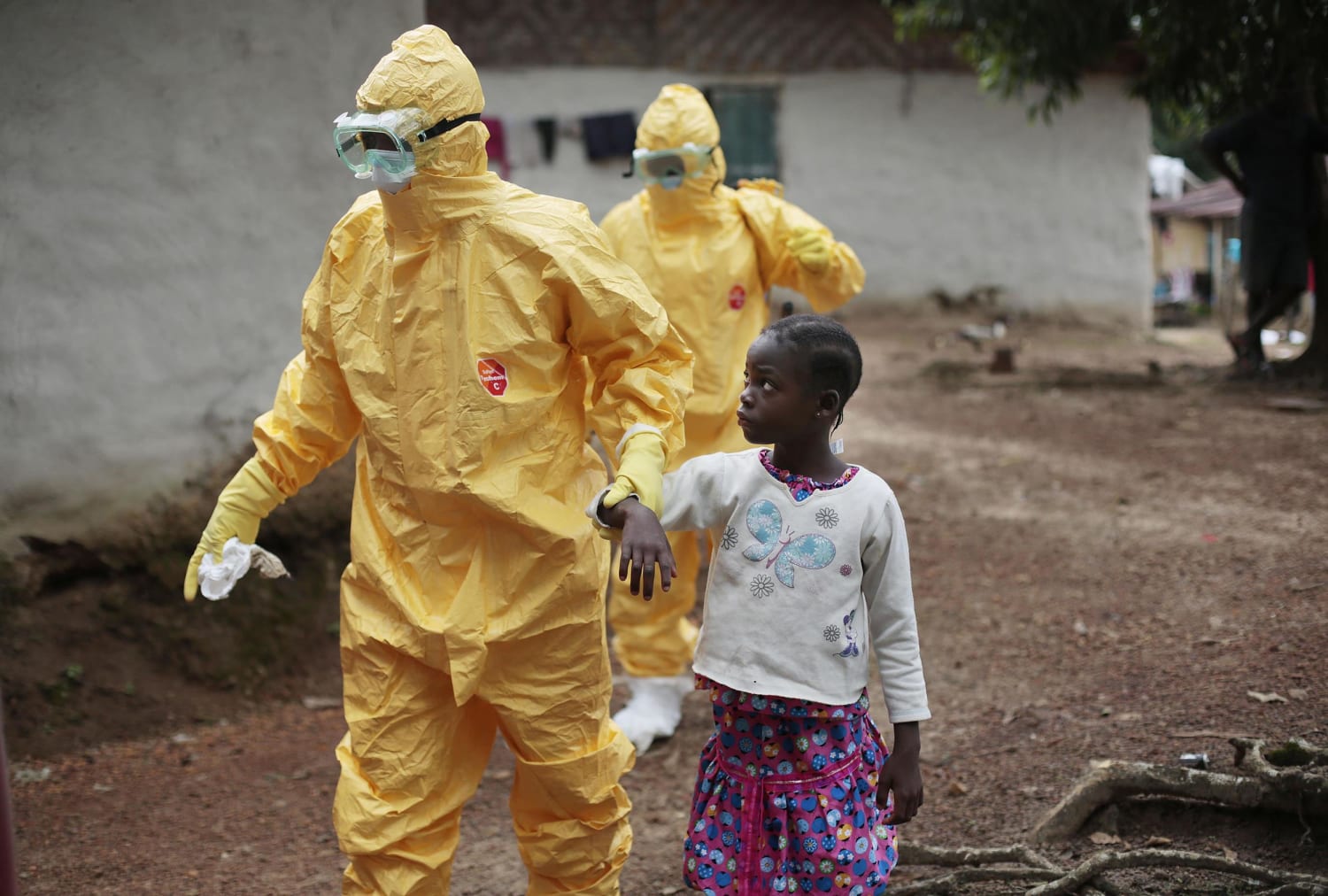“As in most areas of Africa, shortly after a person dies, the body is completely washed and dressed in a favorite outfit... The deceased is then placed outside the house or in a big living room, open for viewing by all for one day...The husband or wife, mother, or blood friends may sleep or lie next to the body. A common practice is to touch and kiss the body, face, or mouth.”(78)
Dreaded by all health care professionals for its potential to transmit infectious diseases, the funeral practice described above was targeted as part of the World Health Organization’s (WHO) Ebola outbreak control efforts. The practice was modified by the implementation of a ritual cleansing with chlorinated water at the victim’s home and supplying protective equipment for the burial team. Barry and Bonnie Hewlett, professors of Anthropology at Washington State University, use this case study as an example of the facilitation of Ebola transmission reduction that can be achieved through understanding and modifying local cultural practices. In their book, Ebola, Culture, and Politics: the Anthropology of an Emerging Disease, they produce an ethnography of Ebola with the ultimate goal of elucidating local perceptions of the disease to ultimately aid in outbreak control. They conduct a multi-sited study, in which they examine places in West Africa where small outbreaks have occurred. They study the 1997 outbreak in Gabon, the 2000 to 2001 outbreak in Gulu, Uganda, and the 2003 outbreak in Kikwit, Democratic Republic of Congo. They conduct their research as part of a WHO outbreak control team and travel with the safety and protection of the WHO team at all times. They indicate that their involvement constitutes the first time that anthropologists ever participated in Ebola control efforts.
The goal of their research is to elucidate the indigenous perceptions of Ebola and practices that affect Ebola transmission to ultimately apply this knowledge in control efforts. Their research is driven by physician and anthropologist Fred Dunn’s framework for integrating anthropological research into disease-control efforts. This framework entails the examination of factors in the community that are health enhancing, factors in the community that are health lowering, factors outside of the community that are health advancing, and factors in the community that are health lowering. They describe the concentration of their research, “Our fieldwork focused on cultural models and clinical medical anthropology, while at the same time themes of the impact of political-economic structures, inequality, and structural violence emerged from local peoples’ stories and experiences with Ebola”(30). They define clinical medical anthropology as an approach that provides culturally sensitive and appropriate care in the hospital setting. The theoretical assumptions driving their research is evolutionary bio cultural theory, which focuses on the analysis of how individuals weigh the costs and benefits of particular actions according to the impact of their reproductive fitness. In the context of an Ebola outbreak, they are curious to find out how individual “stakeholders,” an individual or group with a vested interest in Ebola control efforts, respond to people sick with Ebola. Their theoretical assumption that each individual is an active agent thus drives their methodology of conducting open ended interviews with "as many different people and as many different stakeholders as possible”(32) They administered surveys to and conducted numerous interviews with uninfected individuals, with survivors, and with local health care workers in one on one interviews or focus groups, "nonrandom samples of a small group of individuals asked to informally discuss a particular topic.”(33) They indicate that their fieldwork is limited to interviews and surveys due to the unique circumstances associated with the outbreak. They could not participate in the social activities that anthropologists often like to observe because due to the outbreak, the governments banned school and church services, prohibited dances, soccer matches, and large funerals, and told healers not to practice their trade. They also mention that in contrast to other anthropological research, theirs was particularly dangerous because they had to take special measures to ensure that they did not contract the disease.
Their study of cultural factors associated with the emergent infectious disease elucidated that while some cultural practices such as burial ceremonies amplified the transmission of Ebola by promoting contact of people with the dead bodies, other cultural practices positively impacted control of Ebola transmission. The authors found that significant stigmatization was associated with the disease. Infected people, health care workers, and any people who were associated with infected individuals were feared by others in the community, rejected when trying to purchase things at markets and avoided in the neighborhood. In some cases even family members would not approach them. The Hewletts attribute the stigmatization to the interactions of evolutionary psychology, ecology, and culture. They state, “Several elements of evolved psychology during an outbreak may contribute to stigmatization: inclusive fitness is threatened, fear is evoked, and humans have evolved abilities to distinguish sick from healthy individuals”(148). This stigmatization while negatively affecting the lives of the infected individuals, actually serves as a defense mechanism that the community engages in to reduce transmission.
The examination of local perceptions of the disease through surveys revealed that many people were unaware of the route of transmission of Ebola: some people attributed Ebola contraction with sorcery that is linked to accumulation of wealth and others thought it was airborne. More men than women were aware of how Ebola is actually transmitted. The majority of children also were aware of its route of transmission due to educational programs at their schools. Their research also pointed out the local people feared and distrusted international teams which came to conduct medical research or provide care because of lack of transparency, lack of friendliness, and lack of communication shown by the Westerners. Some interviews revealed that it was the accumulation of miscommunication over several years that led to the suspicion. For instance in a village in Gabon, the people indicated that Euro American researchers “moved up and down the river in fast boats, stopping only to take blood or fecal samples” without telling the people what they were going to do with them. (11) Another example of the suspicions affecting the actions of the local population was evidenced when people refused to go to the clinics because the isolation units were closed off with plastic tarps behind which nothing was visible. Due to the workers’ lack of trust building in the communities, people were reluctant to yield to biomedical treatment. But interviews with local nurses showed reduced skepticism. The Hewletts found that the local nurses work out of a sense of duty to the community and can be made great liaisons between the international team members and the local communities. The authors dedicate another portion to discuss the political and economic ecology issues such as lack of access to vital resources such as food, materials to prevent the transmission of the disease, and medications to treat other common deadly diseases such as malaria can add to the insecurities evoked by the Ebola outbreak. These are the main beliefs and behaviors that the authors elucidated in their book to indicate the social, spiritual, political, and economic dimensions of the disease.
This is part of a critical review I wrote for an Anthropology class. What do you guys think about the Hewletts' approach to researching cultural factors related to the Ebola outbreak? Do you agree with their argument that Anthropologists should comprise an essential part of the WHO outbreak control team?
By Mariam Kyarunts









